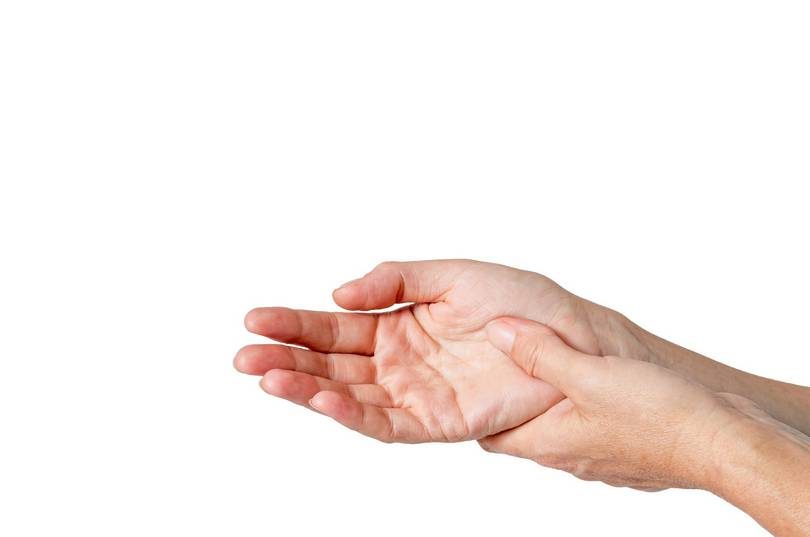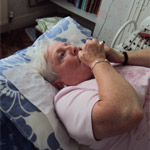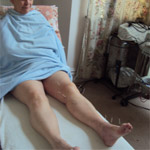Carpal Tunnel Syndrome
If you’re experiencing discomfort pain in your hand, fingers and wrist that may also wake you up at night, chances are that are a victim of the delightfully named Carpal Tunnel syndrome (CTS).
Affecting 10% of people (and strangely more prevalent in women1) CTS results from compression of a nerve in the wrist. Cue a very quick anatomy lesson: the carpal tunnel is made up of eight carpals (small bones) and a band of ligament (the ‘tunnel’ roof). Running through this tunnel are tendons that are involved with moving our fingers plus the all-important median nerve. This particular nerve controls movement associated with the muscles at the base of the thumb and sensations in the thumb, index, middle and half of the fourth finger. Problems occur when the median nerve becomes compressed, discomfort radiates out from the thumb muscle and can this be felt in fingers, hand and wrist. We don’t definitively know what causes CTS but there are a number of risk factors, such as:
- Activities involving repeated bending and straightening of the fingers, maintaining a firm grip or anything involving vibrations. These include playing a musical instrument or using vibrating hand tools for long periods of time.
- Underlying conditions including arthritis, diabetes and even an underactive thyroid
- Inflammation of the tendons
- Pregnancy (fluid retention causes swelling and pressure in the carpel tunnel and compression of the median nerve)
- Weight gain
- Previous wrist injuries
- Close relatives with CTS
Symptoms of CTS
These can vary from mild to severe, depending on how compressed the nerve becomes, and affect one or both hands. The most common include:
- Pins and needles or tingling in the hand or fingers
- Aches and pain in the arm, hand or fingers
- Numbness
- Muscle weakness and difficulty in gripping
Self-help
You can do a lot to treat CTS yourself at home by:
- Stopping or reducing the activities that may have caused the CTS in the first place or, at the very least, taking regular breaks from it.
- Wearing a wrist splint at night to keep the wrist straight and relieve pressure on the median nerve. These are available online or from chemists but don’t expect fast results – it takes at least a month before you feel the benefit.
- Taking painkillers such as paracetamol or ibuprofen for short-term relief.
When to seek help
If symptoms do not improve after a week that’s the time to consider treatment. Not so long ago, I attended some fascinating training about the causes and treatments of carpel tunnel syndrome, which can be greatly relieved by both osteopathy and acupuncture. Acupuncture, for example, improves the median nerve function as shown by recent research at the Martino Centre in Harvard, headed by neuroscientist and acupuncturist Vitaly Napodow. It also ameliorates the primary somatosensory cortex, the part of the brain that detects sensation and pain in areas of the body, including the carpel tunnel. Osteopathy improves muscle balance in the forearm of the wrist. This imbalance is created by, and can be a causative factor in, the development of carpal tunnel syndrome.
If you have any of the symptoms outlined above and these are painful and/or stubborn, why not get in touch? We’ll take a look, discuss treatment options with you and help you using conventional osteopathy or acupuncture.
1Hughes RAC et al. Peripheral nerve disorders. In: Candelise L et al (Eds). Evidence-based neurology. Management of neurological disorders. London; BMJ Books, 2007.





















